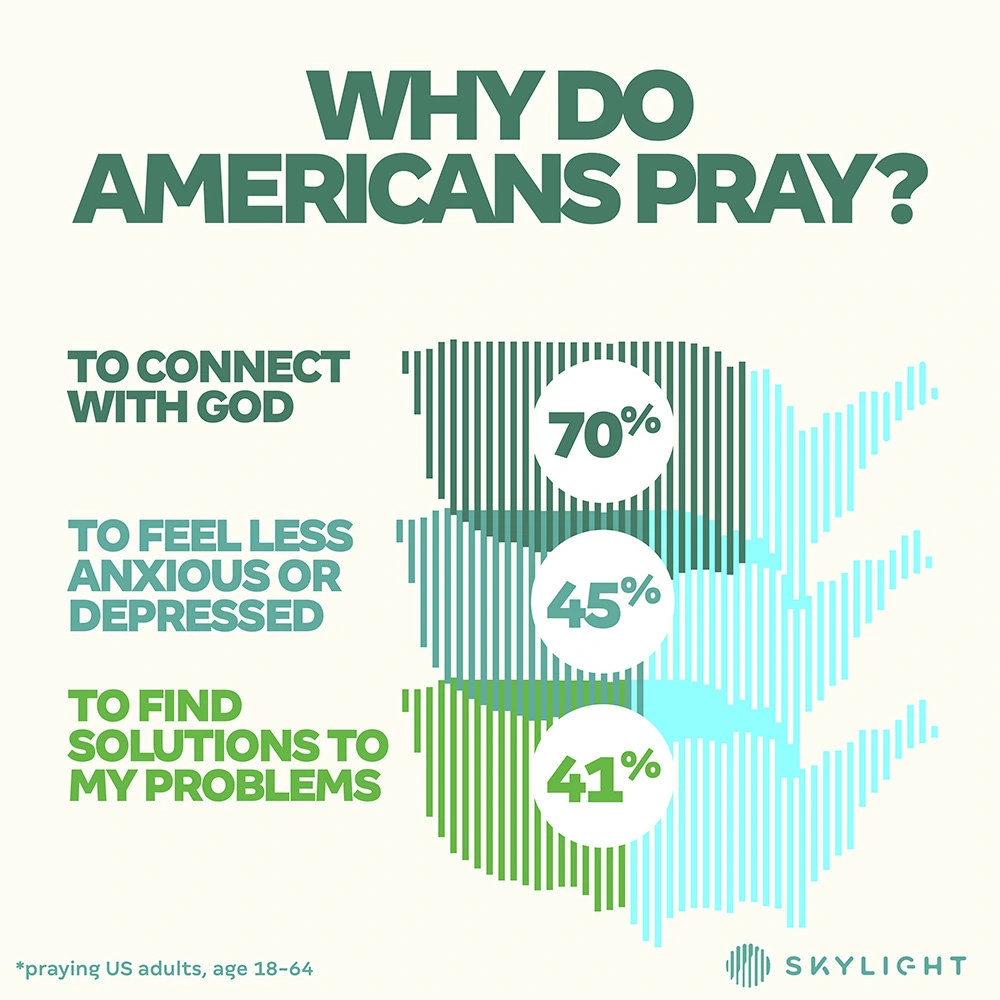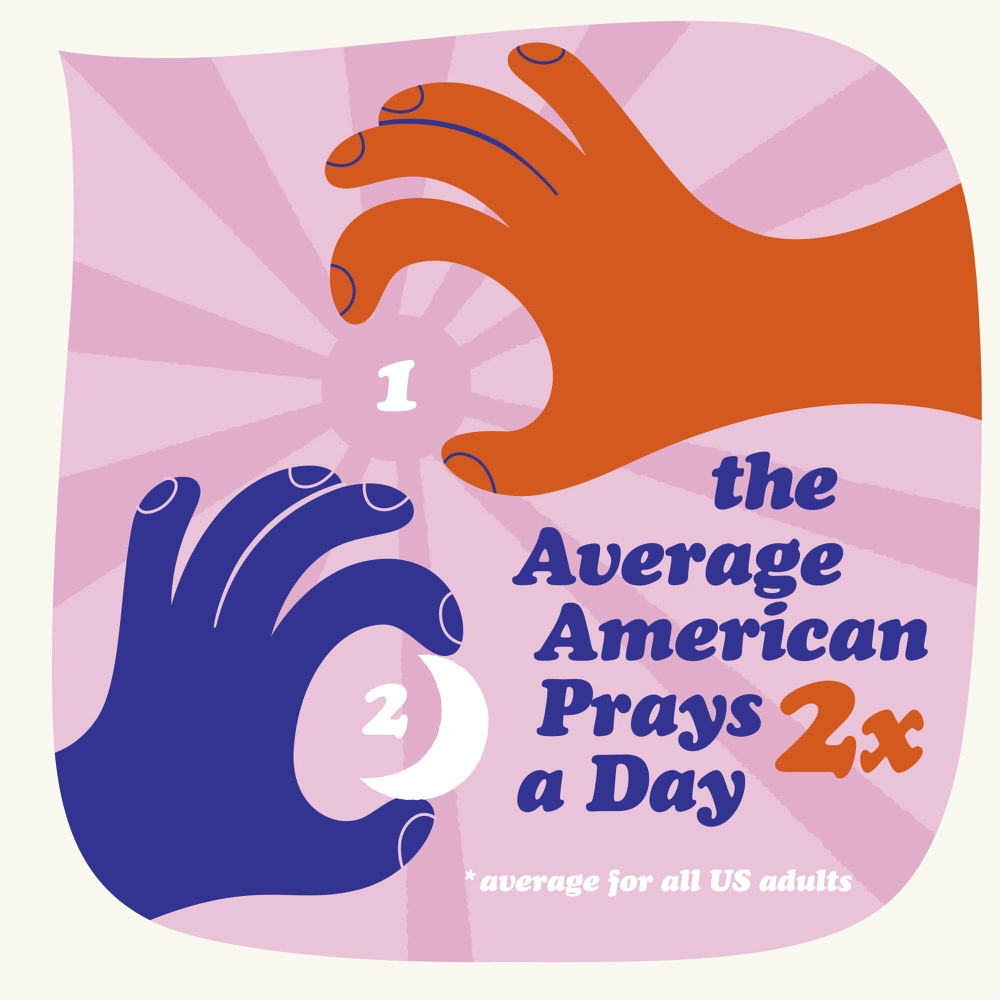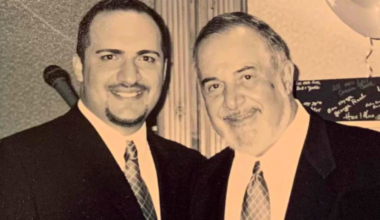We live in a fast and frantic society, where finding answers can feel impossible – even if you can figure out what the right questions are. Amid the frantic days, it feels as if everybody is looking for their eye in the storm, a calm place where they can regroup, balance, and reconnect with something larger than just their inbox, to-do list, or day-to-day duties.
No surprise, (as the saying goes) there’s an app for that. Many of them, in fact. I have been amazed how many apps have been developed to help people channel the spiritual among the technological. Among the many great choices available, I have been proud to be a part of the team powering Skylight, an initiative of the Radiant Foundation, which aims to open a path for people from any faith tradition. It’s a platform to access the myriad benefits a relationship with a higher power.
Just in time for the National Day of Prayer, an annual day of observance designated by the US Congress in 1952 and this year on May 4, Skylight commissioned a study that reveals the insights and attitudes Americans have about praying, however they may define it.
Good news. Among the nearly 1,800 respondents, the study found that while Americans have varied definitions and methods of prayer, they spend an average of 18 minutes connecting with a higher power, with nearly half of them saying they do so on a regular basis. Even better, praying for a loved one in crisis, prayer for someone who is ill, and praying for other people are the top three motivators, evincing a generosity of spirit and compassion that is inspiring.
The study also helped to clarify and contextualize trends that have been spotlighted in the media. Despite recent statistics that suggest Americans are becoming less religiously affiliated, prayer appears to be a constant practice people’s lives. During COVID-19 lockdowns, 55% of Americans increased the frequency of their spiritual connection practices (prayer, meditation, mindfulness, affirmations/mantras, yoga), while only 14% reported doing less.
It is telling that while we were all casting around both for reassurance and for something to do during the pandemic, many of us searched for the core voice that humans have been turning to for millennia in times of fear and crisis.
Some other highlights:
- One in four (25%) Americans say they pray at work. This speaks to the need to include religious observance in workplace DEI efforts, particularly the providing of comfortable, quiet places for staff to practice, and the time to do so.
- 70% of people say they pray to connect with God; 45% to feel less anxious or depressed, 41% to find solutions to problems, 36% to feel in control and 29% to heal from trauma. In the midst of what many refer to as a mental health crisis—particularly among teenagers, young adults, and the middle-aged, encouraging prayer and meditation could be another effective tool in the toolbox.



Why is all of this important? Because, once again, it demonstrates that while the nouns and names might not be the same—how we define prayer, what our religious affiliation is, how we practice—the actual ways we are in the world are often remarkably similar. There are values and priorities central to our humanness that are hardwired and which transcend labels.
The more we explore how others pray, the more pathways we will have to constructive dialogue with one another, to recognizing ourselves in other people and they in us, and to, hopefully, lifting our priorities up toward a higher plane.
I’ll pray for you if you’ll pray for me—or even if you don’t. But one thing is certain, people pray. And I’m grateful they do.
To see the full results of the study, visit prayerwrap.skylight.org.


